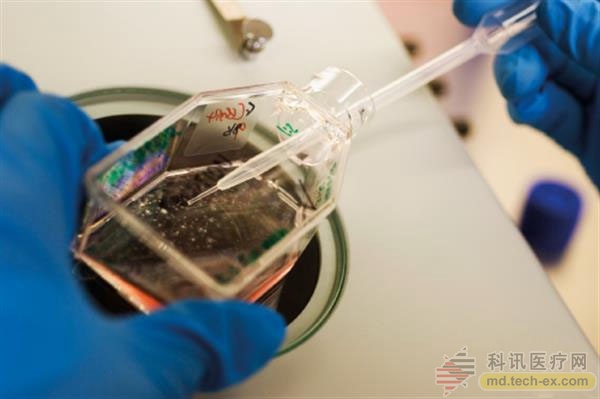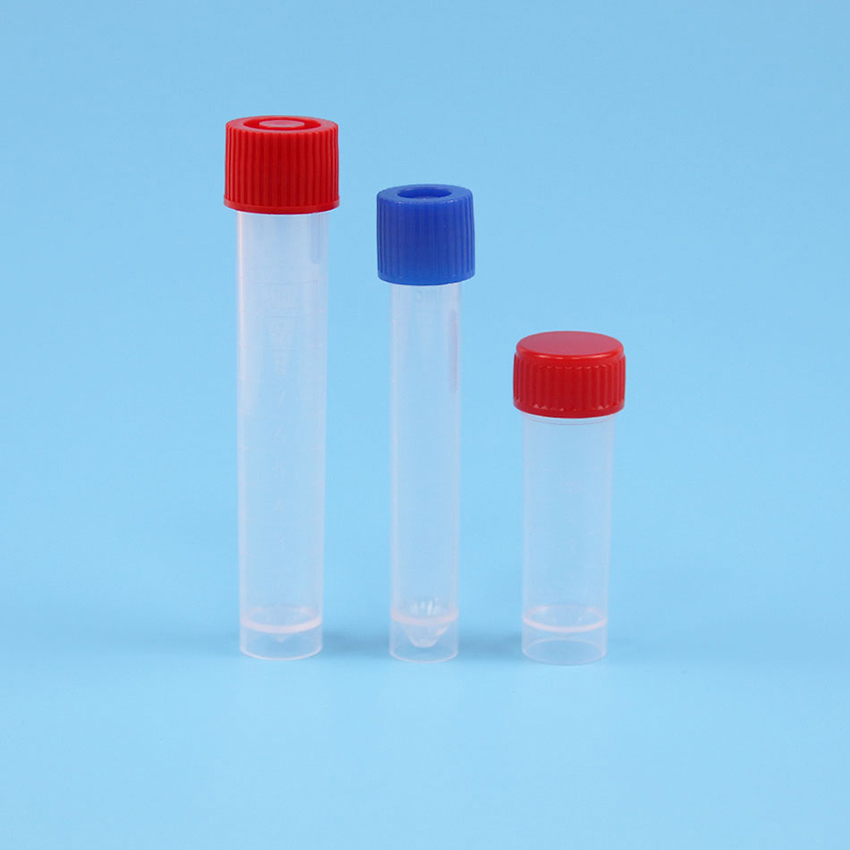Release date: 2016-07-11
It is understood that the participants of this project include the research team of Stanley University's ReconRegen and received financial support from the British Medical Research Council. The project involved multiple areas, including plastic surgeons, engineers, scientists, and American Process, a manufacturer of nanocellulose.
It is understood that Swansea University's ReconRegen team has previously demonstrated that nanocellulose is compatible with human cells and can be used as a supporting tissue structure for bioprinting. In addition, the team also showed that live cells can survive this 3D printing process.

According to this joint development protocol, cells will be mixed with various nanocellulose materials of various formulations and printed in 3D into tissue for reconstruction surgery. The goal of the project is to create tissue that conforms to the shape of the human anatomy and can be tailored to different patients. In addition, the organization needs to be able to survive indefinitely and be able to withstand the test of time and degradation. Scientists say this will be the first step towards a personalized reconstruction.
According to Iain Whitaker, the project's principal, “People are increasingly using plastic or titanium 3D printed prostheses and implants. But bio-printing based on human cells is also very promising. We are based on specific The patient's needs to print living tissue and living structures. We hope that in the future, patients who have lost their ears or nose due to trauma or cancer can use their own cells to recombine new tissue with nanocellulose. This intermediate biomaterial is us. A key component of bioprinting technology, and nanocellulose was chosen as a biomaterial because its biocompatibility, mechanical properties and structural properties support cell adhesion and growth in three dimensions."
As a new type of biomaterial, the various properties of nanocellulose make it the preferred component of “bio-inkâ€. For example, its high water retention capacity and unique particle assembly ability in water make nanocellulose a shear-thinning gel that is easy to gel during printing, but becomes firm when deposited on a surface. The gel-like three-dimensional structure. In addition, nanocellulose can self-assemble into a dense, smooth and strong structure after drying. Studies have also shown that nanocellulose is not toxic to growing cells.
MRC clinical researcher Zita Jessop said: "We chose to work with the API because of their unique process to produce nanocellulose products of various particle sizes and surface chemistries to meet our large demand for technology development. We also rely on their expertise in handling and processing this unique material in specific applications."
Ayesha Al-Sabah, a postdoctoral researcher at ReconRegen, said: "Our results in the trial of nanocellulose bio-inks are clear, and its rheological properties are ideal for nozzle-based 3D bioprinting."
The API has positioned itself as a leader in nanocellulose intellectual property (IP), which has applied for more than 100 patents in this area, four of which have been approved in the United States. The company's main product is its BioPlus brand of nanocellulose materials.
(Compiled from American Process, Inc.)
Source: Tiangongshe
The cryovial is made of medical polypropylene (PP) and is a disposable laboratory consumable specially used for storing biological samples. In the gaseous state of liquid nitrogen, it can withstand low temperature to
minus 187°C. The unique external rotation design avoids the possibility of cross-contamination. Silicone gasket inside the cap to avoid liquid leakage and ensure tightness even at cryogenic storage temperatures
The sealing property finally ensures the safety of the samples in the tube. Caps come with a variety of embeddable color codes for easy identification.

Cryopreservation Tube,Virus Transfer Culture Cryotube,Laboratory Bacteria Cryotube,Bacteria Storage Plastic Test Tube
Jiangsu HXRT MD Co.,Ltd , https://www.jshxrtmed.com